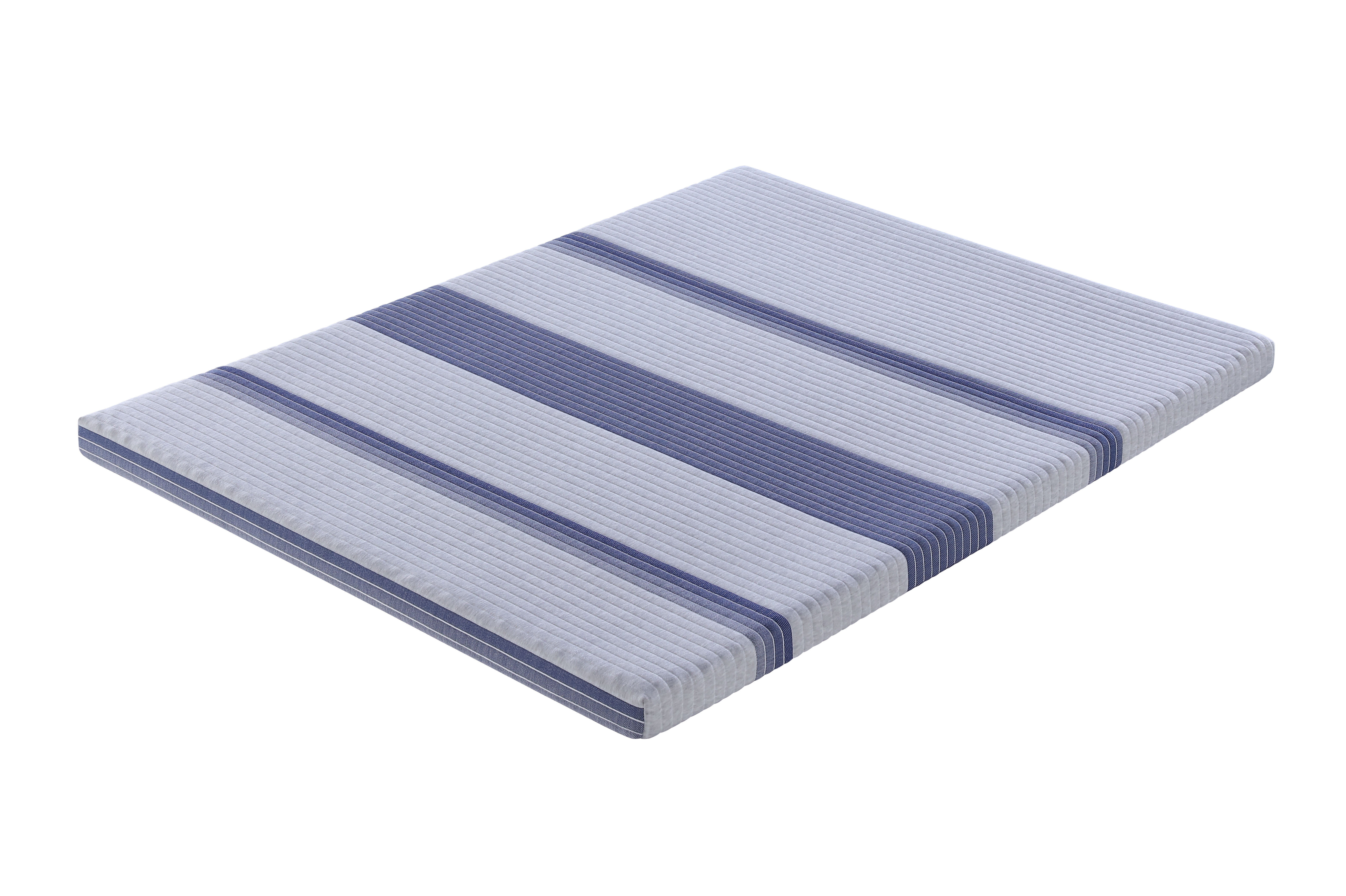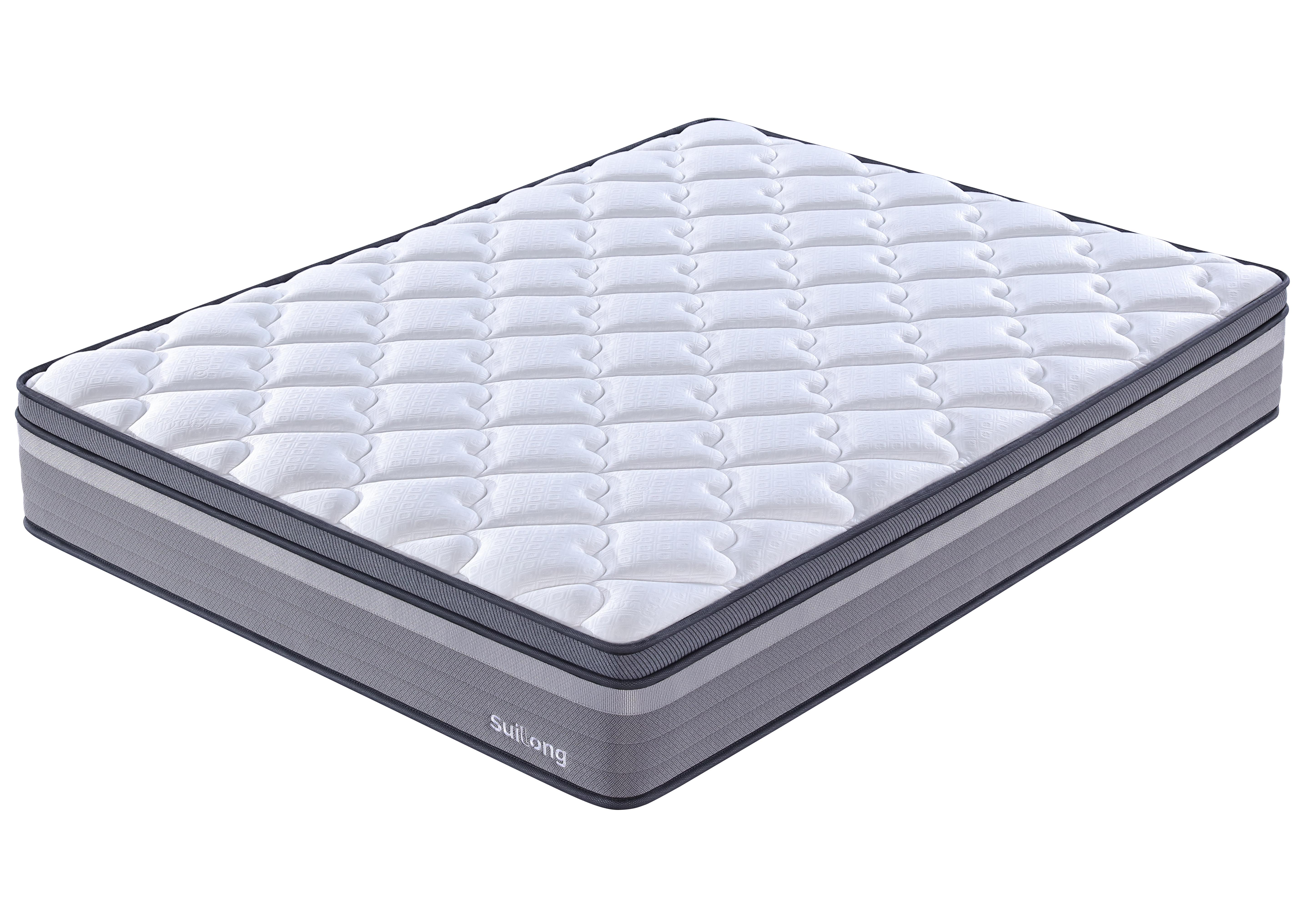- All
- Product Name
- Product Keyword
- Product Model
- Product Summary
- Product Description
- Multi Field Search
Views: 0 Author: Site Editor Publish Time: 2025-06-20 Origin: Site









Moving to a new place can be exciting, but the logistics of transporting large items, especially something as delicate and bulky as a memory foam mattress, can be challenging. Understanding how to transport a memory foam mattress safely will help ensure that it remains in good condition and continues to provide the comfort you rely on.
In this guide, we’ll walk you through everything you need to know, from preparation to unpacking your mattress in your new home.
A memory foam mattress has a unique structure that makes it sensitive to pressure, temperature, and movement. Unlike traditional mattresses, which may have springs or other support structures, memory foam mattresses are made from layers of foam that can easily lose shape if mishandled during transportation.
Flexibility: While memory foam mattresses are flexible, they can lose their structural integrity if bent or folded for too long.
Temperature Sensitivity: Memory foam mattresses react to temperature changes, becoming softer in hot weather and firmer in cold weather, which can affect their comfort and durability during transport.
Transporting a memory foam mattress requires the right materials and equipment to ensure it’s protected and secured. Here’s a list of essential items you’ll need:
Mattress Bag: A heavy-duty plastic or breathable mattress bag to protect the mattress from dirt, moisture, and physical damage.
Ratchet Straps or Moving Straps: To secure the mattress inside the vehicle and prevent shifting during transit.
Duct Tape: To reinforce the seal of the mattress bag.
Dolly: Optional, but a dolly can make moving the mattress easier, especially if it’s large.
Vacuum Cleaner: If you plan to compress the mattress for easier transport, a vacuum cleaner with a hose attachment is necessary.
Compressing your memory foam mattress can make it easier to transport, especially if you need to fit it into a smaller vehicle. However, this step must be done carefully to avoid damage.
Pros of Compressing a Memory Foam Mattress:
Saves space in your vehicle.
Easier to carry and move around.
Perfect for small cars or limited transport space.
Cons of Compressing a Memory Foam Mattress:
Risk of damaging the foam if not done carefully.
It may void your mattress warranty, as manufacturers use special machines for compression.
The mattress may take longer to fully expand after being compressed.
Step-by-Step Guide to Compressing a Memory Foam Mattress:
Place the Mattress in a Mattress Bag: Ensure the bag is airtight and can accommodate the mattress size.
Seal the Bag: Use duct tape to make the bag airtight.
Use a Vacuum to Remove Air: Attach a vacuum hose to the mattress bag’s valve and start removing air.
Roll the Mattress: While vacuuming, gently roll the mattress to remove excess air, and then secure it with ratchet straps.

Step 1: Gather Supplies and Plan Ahead
Before you start the moving process, it’s crucial to ensure that your vehicle can accommodate the memory foam mattress. If you’re using a standard car, consider using a roof rack for larger mattresses. Plan your route to avoid obstacles, such as narrow doors or stairs, that could complicate the moving process.
Step 2: Protect Your Mattress During the Move
Once your memory foam mattress is packed and ready, protect it from any potential dirt, dust, or physical damage. Using a mattress bag or breathable material will prevent scratches and ensure that the mattress stays clean.
Step 3: Use a Dolly or Assist with Lifting
Memory foam mattresses can be heavy and difficult to lift. Using a dolly to transport it is a smart way to avoid back strain and reduce the risk of damaging the mattress. If a dolly isn’t available, ask a friend for help to lift the mattress and move it carefully.
Step 4: Transporting the Mattress
When placing the mattress in the vehicle, make sure it’s secure and doesn’t shift during transport. Always keep the memory foam mattress flat—bending or folding it for too long can cause it to lose shape. Use straps to secure it in place, and if you're driving through extreme temperatures, consider moving the mattress during milder weather.
Tip 1: Handle with Care
Be cautious of sharp objects that might puncture or tear the mattress during transport. Ensure there are no tools, furniture, or other items that might damage the mattress as you move it.
Tip 2: Avoid Stacking Heavy Items
Don’t stack heavy boxes or furniture on top of your memory foam mattress during transport. Heavy pressure can distort its shape and damage the foam inside.
Tip 3: Keep the Mattress Flat
Always transport your memory foam mattress flat to preserve its structure. Placing it upright or on its side can cause permanent deformation, especially if the mattress is compressed for too long.
Tip 4: Be Aware of Weather Conditions
Memory foam mattresses react to temperature changes. In hot weather, the foam may become too soft, while in cold weather, it can become too firm. Ensure the mattress is kept at an optimal temperature during the move to avoid damaging the foam.

Compression is a great way to save space when transporting your memory foam mattress, but it’s important to do it correctly to avoid damaging the mattress.
What is Compression? Compression involves using a vacuum to remove air from the mattress, reducing its size and making it easier to fit into your vehicle.
Step-by-Step Compression Process:
Insert the Mattress into a Mattress Bag.
Seal the Bag: Use strong tape to ensure no air escapes.
Use a Vacuum to Remove Air.
Roll the Mattress and secure it with ratchet straps.
Pros and Cons of Compressing Your Mattress:
| Pros | Cons |
|---|---|
| Saves space in your vehicle | Risk of damaging the mattress |
| Easier to handle and transport | May void warranty if not done correctly |
| Ideal for fitting small cars | Mattress may take longer to expand |
Once you’ve reached your destination, follow these simple steps to set up your memory foam mattress:
Step 1: Unwrap the Mattress
Carefully remove the mattress bag and any protective materials to avoid damage to the mattress surface.
Step 2: Allow Time for Expansion
Memory foam mattresses need time to expand after being compressed. Typically, they can take anywhere from 6 to 24 hours to regain their original shape.
Step 3: Set the Mattress Properly
Once the mattress is fully expanded, position it correctly on your bed frame. Do not flip or bend the mattress as they are designed to be "no-turn" mattresses.
Issue 1: The Mattress Won’t Expand Fully
If your memory foam mattress doesn't expand fully, check for any leaks in the vacuum bag or give it more time in a warmer environment to help it expand properly.
Issue 2: The Mattress is Deformed After Transport
Minor deformation can often be fixed by allowing more time for the mattress to expand. If the mattress has been severely compressed or folded, it might be time to replace it.
In conclusion, transporting a memory foam mattress requires preparation, care, and the right tools. Whether you’re using a vacuum compression method, securing the mattress with straps, or simply ensuring it stays flat during transport, following the steps in this guide will help preserve its shape and comfort.
For more information on memory foam mattresses and other home products, visit us.
Q: Can I transport my memory foam mattress in a car?
A: Yes, you can transport it in a car, especially if you use a compression method to reduce its size.
Q: How long does it take for a compressed memory foam mattress to expand?
A: It typically takes 6 to 24 hours for a memory foam mattress to expand fully after being compressed.
Q: Can I fold or roll my memory foam mattress?
A: It’s safe to roll a memory foam mattress for transport, but avoid folding it to prevent permanent damage.
Q: What happens if I bend my mattress during transport?
A: Bending a memory foam mattress can damage the foam and cause it to lose its shape.
Q: Is it safe to compress my mattress myself?
A: Yes, but be careful when doing it to avoid damaging the mattress. Always follow the proper steps for compression.